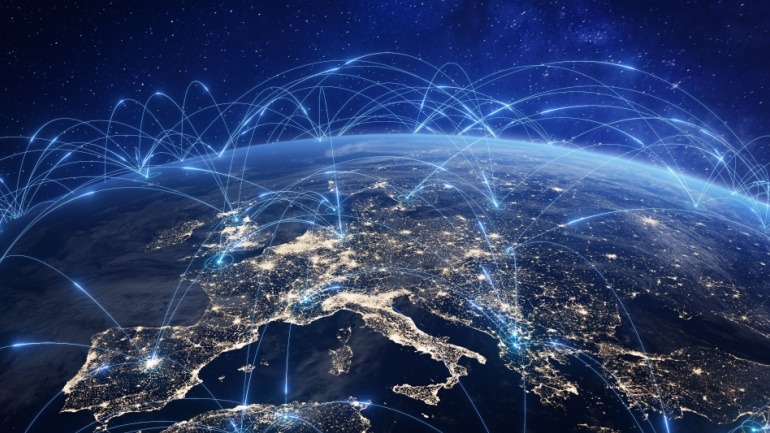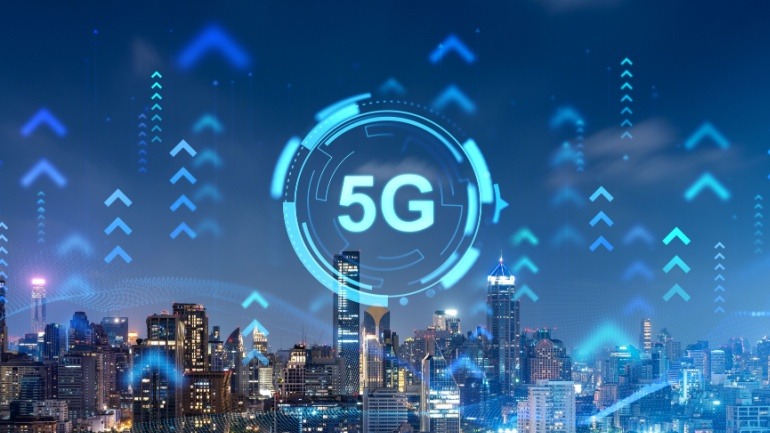Singtel is revolutionizing global IoT solutions with floLIVE’s distributed core network. This strategic collaboration enables seamless eSIM-based services for over 190 markets. Targeting the automotive sector, Singtel’s approach is a game-changer, offering innovative multi-domestic connectivity that adheres to strict regulatory standards.
APFN has completed a major consolidation, merging five firms into two core entities: APFN for wholesale and Cuckoo for retail, both now owned by Fern Fibre. The company also launched aquila, a national fibre platform, and introduced new leadership, marking a pivotal shift toward streamlined operations and future growth in the UK.
France has struck a major deal with Eutelsat to boost military satellite communications using OneWeb’s LEO constellation. The agreement supports urgent defense needs ahead of Europe’s IRIS2 system and could raise France’s stake in Eutelsat to 30 percent.
DIDWW has expanded its global reach by adding local phone numbers for Nigeria, empowering businesses to connect with Africa’s largest market. With instant activation, robust infrastructure, and round the clock support, this move enhances global communication strategies and solidifies DIDWW’s position as a trusted provider of innovative telecom solutions.
M1’s partnership with Ericsson promises to revolutionize Singapore’s 5G transport network by integrating cutting-edge automation and analytics tools. This collaboration focuses on enhancing network visibility, control, and energy efficiency, making use of AI and machine learning. M1’s initiatives are set to boost connectivity, sustainability, and enterprise efficiency.
The Swedish Armed Forces have joined the NorthStar programme to explore 5G’s potential in military operations. This partnership with Telia and Ericsson focuses on secure communications, mission-critical functions, and temporary networks, strengthening Sweden’s defense through private sector innovation and advanced technology.
stc Bahrain has entered a pivotal agreement with Huawei to accelerate 5G-Advanced technology and AI services. This partnership, focusing on digital transformation, aims to provide innovative AI-driven solutions and 5G mobile private networks, enhancing enterprise sectors.
Quickline is revolutionizing rural broadband in West and South Yorkshire by delivering gigabit-capable connectivity to underserved areas. With contracts secured under the UK Government’s Project Gigabit, Quickline is surpassing targets and transforming lives in communities like Willitoft.
Inseego and T-Mobile have partnered to launch the FX4100, an advanced indoor 5G gateway for businesses. Featuring 5G Standard Access, uplink carrier aggregation, and network slicing, it enables enterprises to adopt wireless as their primary connectivity. The FX4100 offers easy management, broad coverage, and supports demanding applications.
Optus and Ericsson are introducing advanced 5G antennas in Australia, aiming to boost coverage while reducing energy use. Real-world tests show strong performance with lower power consumption. This partnership supports growing data demands and sustainability goals, ensuring reliable streaming, gaming, and video calls.













